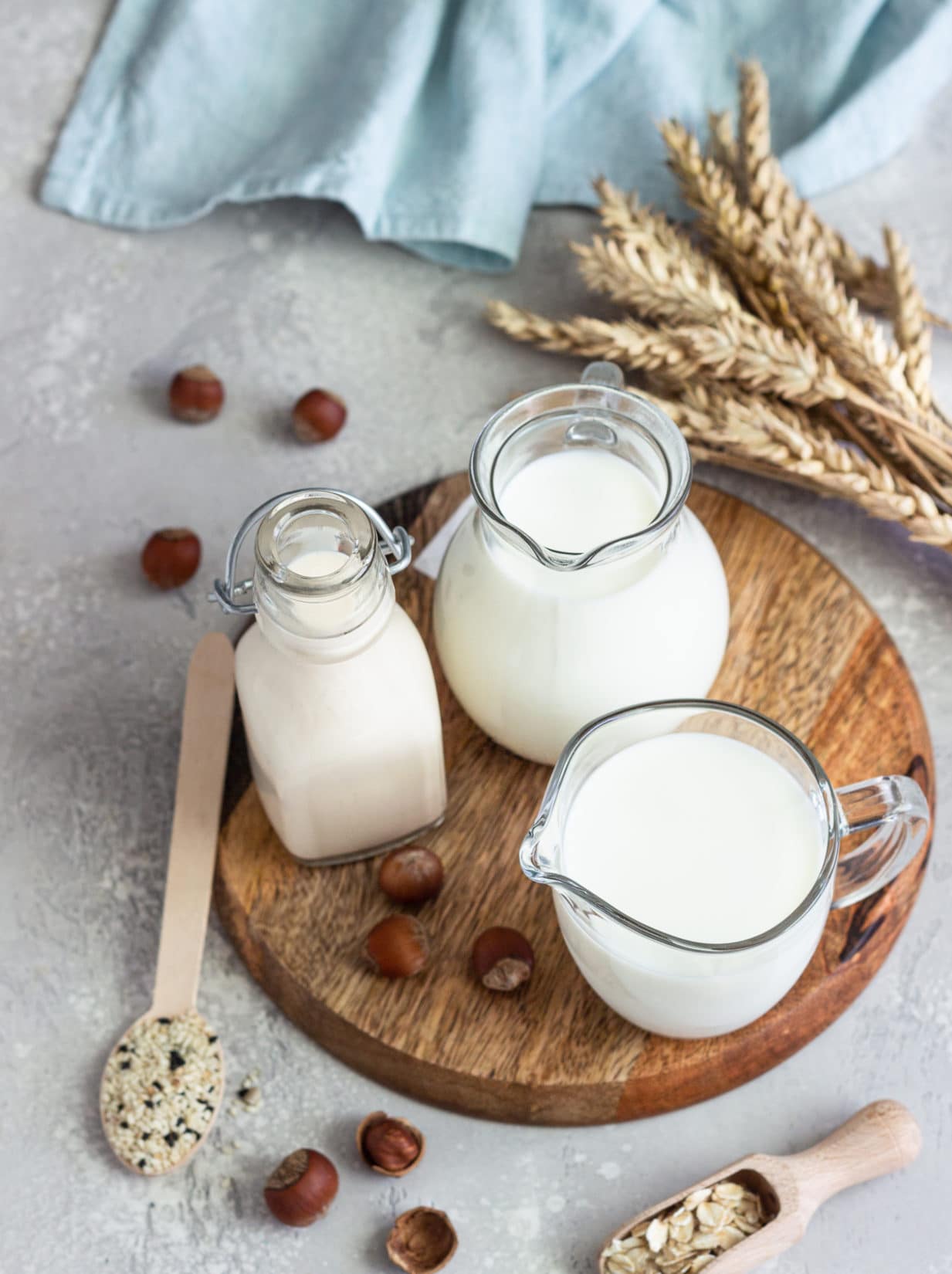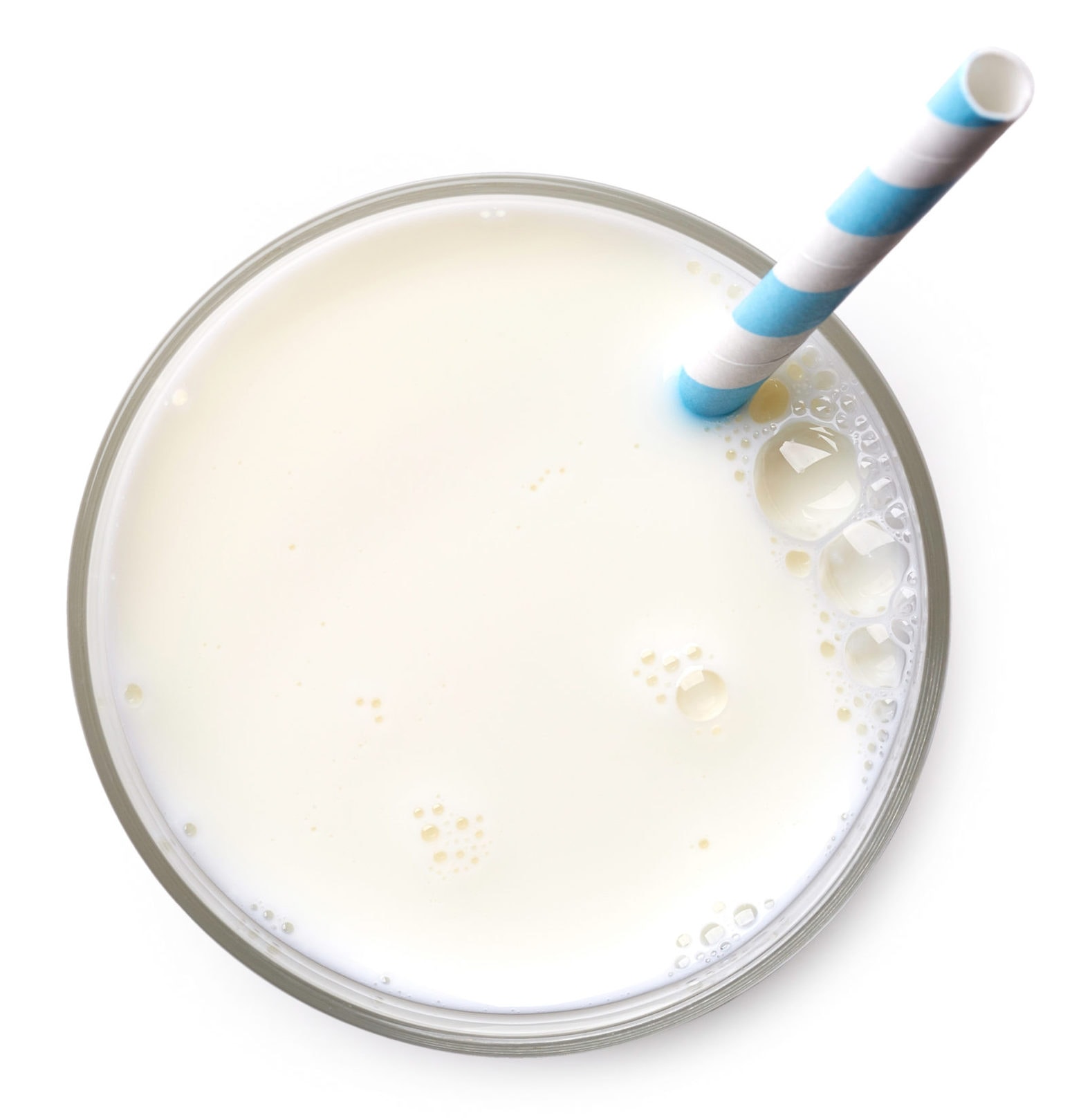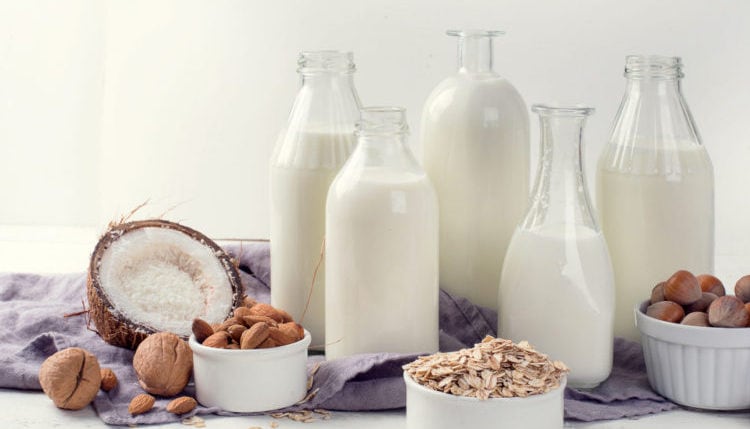It’s officially hot cocoa season! It used to be that the biggest decision you had to make when it came to hot cocoa was toppings — marshmallows, candy canes, whipped cream or chocolate syrup. But now there is one more decision you have to make: What kind of milk should you use?
Walk down any store’s dairy aisle, and you will soon discover that there are more non-dairy milks than ever before. Which is better: coconut, almond, oat, soy? Or is traditional cow’s milk best? Most consumers don’t really want to stand in the refrigerated section for 10 minutes trying to read all the labels and figure out which is best for their dietary needs.
We’ve done the hard work for you! We discussed the nutritional differences between dairy and non-dairy milks with Bongkosh Vardhanabhuti, a food science professor at the University of Missouri.

One trend that she notices? “Almond milk is gaining popularity along with other milk alternatives,” Vardhanabhuti says. While some people prefer non-dairy milk for nutritional or ethical reasons, others actually cannot drink animal milk, including cow and goat milk. This can be due to two reasons, she says.
The first is lactose intolerance, which is actually a symptom rather than a condition. This symptom is a result of the body not having enough of the enzyme lactase, which breaks down lactose, the main sugar in milk. For these people, the bacteria already present in the digestive system can also break down lactose, but it results in symptoms such as gas, stomachache, bloating or diarrhea.
Milk alternatives do not have lactose, so people who are lactose-intolerant can drink them. The second reason people cannot consume animal milk is if they have a milk allergy. “Unlike lactose intolerance, milk allergies involve the immune system and can be life-threatening,” Vardhanabhuti says. Other common allergies include peanut and soy protein allergies.
But, if you can consume animal milk, it does contain beneficial components such as immunoglobulin, Lactoferrin and some naturally occurring vitamin D. Animal milk has naturally occurring carbohydrates, and non-dairy alternatives often have sugar added to them to increase sweetness, similar to how sugar is also added to chocolate milk. However, non-dairy alternatives can also have bioactive compounds and added vitamins and minerals that are good for the body.
Ultimately, “the ‘best milk’ depends on preference,” Vardahanabhuti says. “Say that almond milk doesn’t have protein, the person could get protein from other sources as well as calcium.” But, she notes, “Cow milk contains important nutrients, especially for growing children.”
Still a little unsure which is right for you? Check out the nutritional facts below of the most popular milk options. All nutritional facts are for 1 cup and are from unsweetened products — sugar content will be higher for non-dairy milks that are sweetened.
Compare for yourself:
Soy: 6.34g protein, 8.91g sugar, 3.59g fat, 300mg calcium
Oat: 2g protein, 4g sugar, 1.5g fat, 350mg calcium
Almond: 1.44g protein, 0g sugar, 2.68g fat, 481mg calcium
Cashew: <1g protein, 0g sugar, 4g fat, 130mg calcium
Coconut: 0.152g protein, 6.1g sugar, 5.08g fat, 459mg calcium



